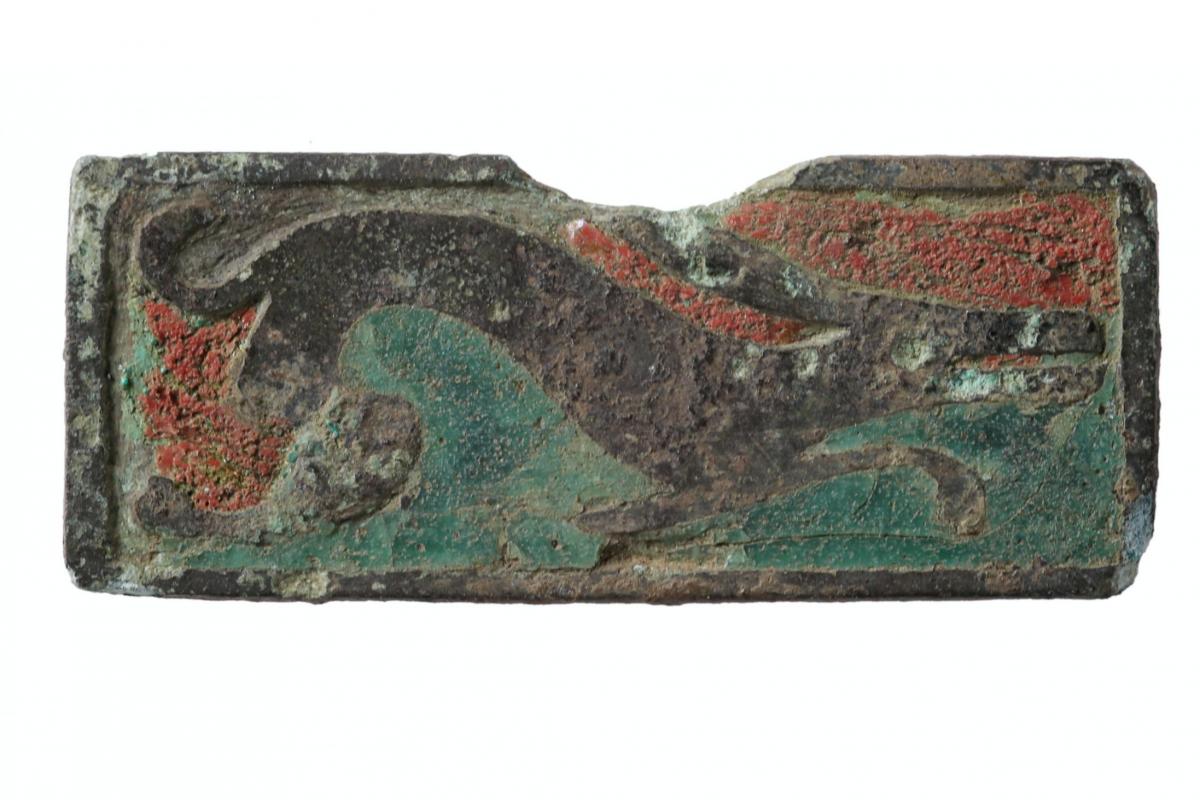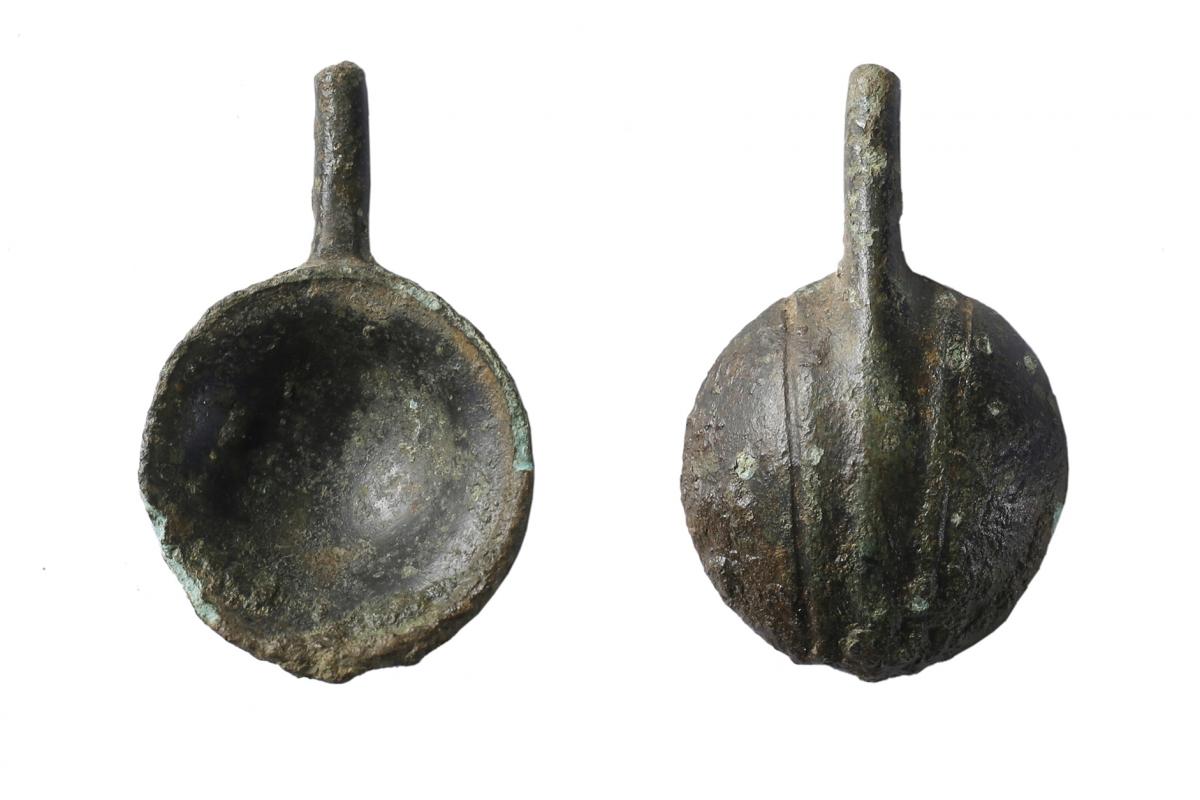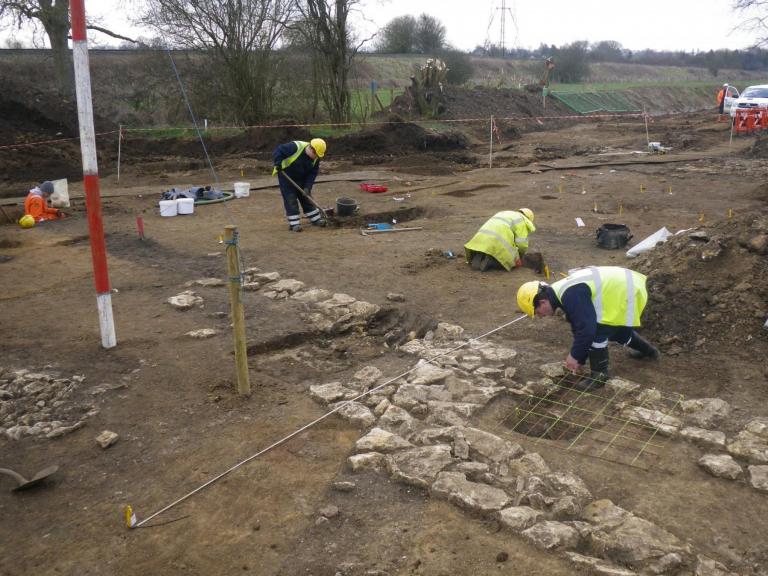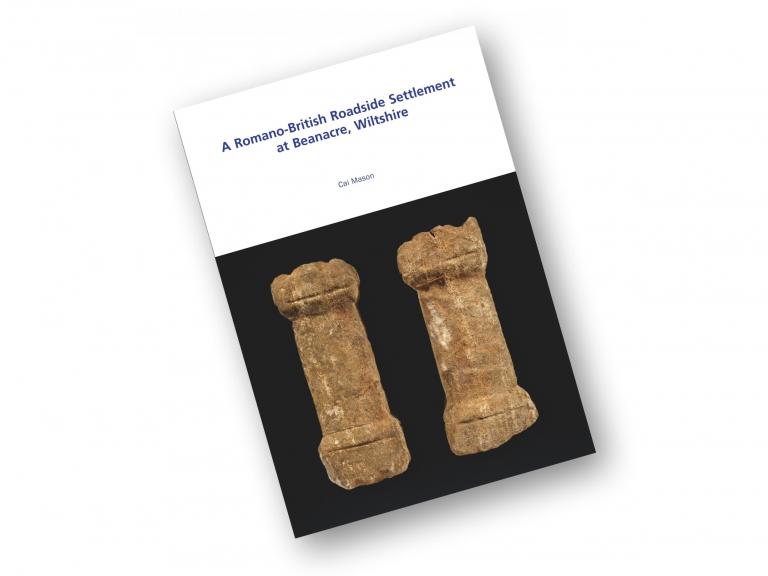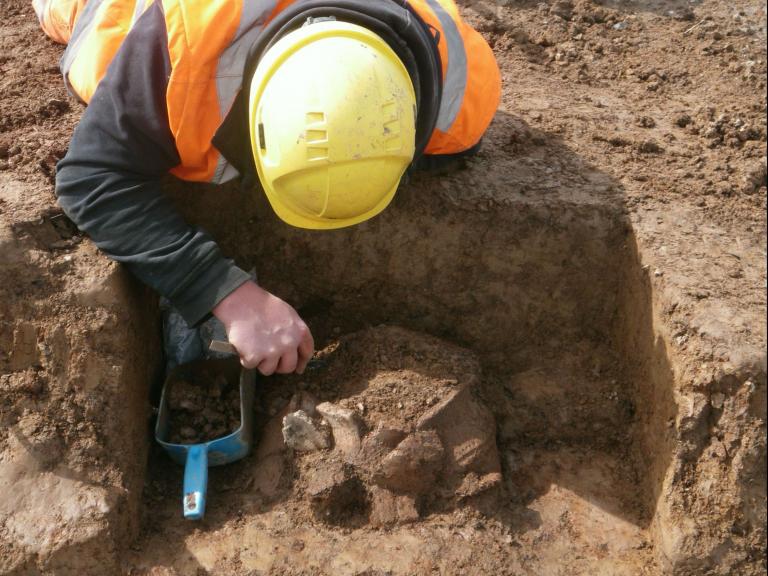In 2015 archaeological monitoring during the construction of an electricity supply line for the Great Western Railway, uncovered a large, and previously unknown, Romano-British settlement to the north of Beanacre, Wiltshire.
Finds of worked flint provide evidence for transient human activity from the Mesolithic/Neolithic onwards, whilst a small cluster of pits/postholes, two of which contained Bronze Age finds, suggest that there may have been more settled activity on the site by this date. There was no evidence of Iron Age occupation.
Romano-British settlement
The Romano-British settlement straddled the main Roman road between the towns of Aquae Sulis, Verlucio and Cunetio, all of which existed by the second half of the 1st century AD. The earliest features within the Beanacre settlement were of a similar date, which suggest that it was probably established soon after the road between these towns had been laid out.
At its maximum extent, the roadside settlement probably continued for at least 0.9 km along the road frontage and encompassed 12–20 hectares. The most concentrated zone of activity was along the main road, with further areas of less-intensive activity within enclosures set back from the road frontage.
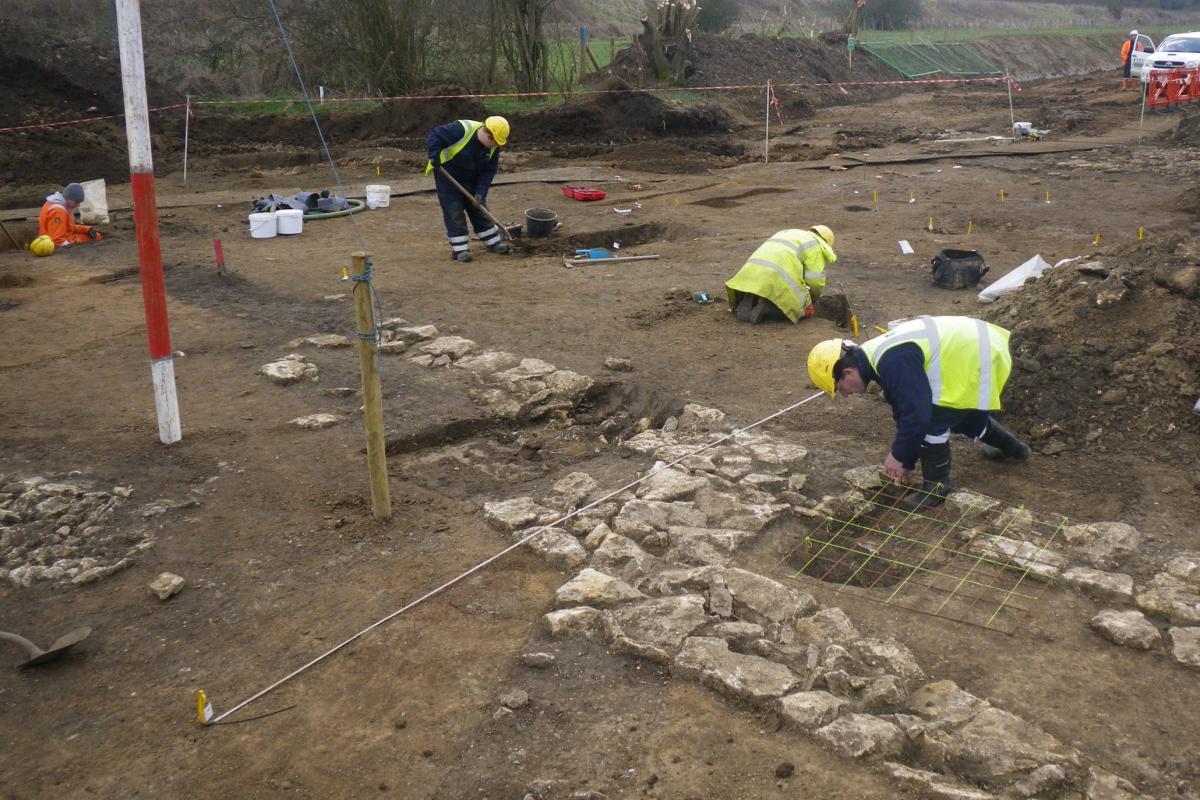
The earliest structure within the settlement was an unusual sunken-featured building dating from the late 1st or early 2nd century AD. This building contained two possible hearths and two infant burials; features which have parallels in similar Romano-British structures from Kent and Leicestershire. Two further inhumation burials were uncovered in other parts of the site. One was an adult found close to an enclosure boundary; the other was a neonate, which was buried within a building. Both burial contexts are typical of the period.
The ovens
The most striking aspect of the settlement was the profusion of clay and stone-lined ovens, 41 in total, most of which date from the mid-Romano-British period. These appear to have been primarily used for cooking, which suggest that food provision – particularly roast pork and bread – was an important part of the settlement’s economy. Although the emphasis on food production may have prosaic explanation – ie, provisioning passing travellers – the density of ovens is much higher than has previously recorded in comparable settlements, which suggests that there may have been something unusual about the Beanacre site.
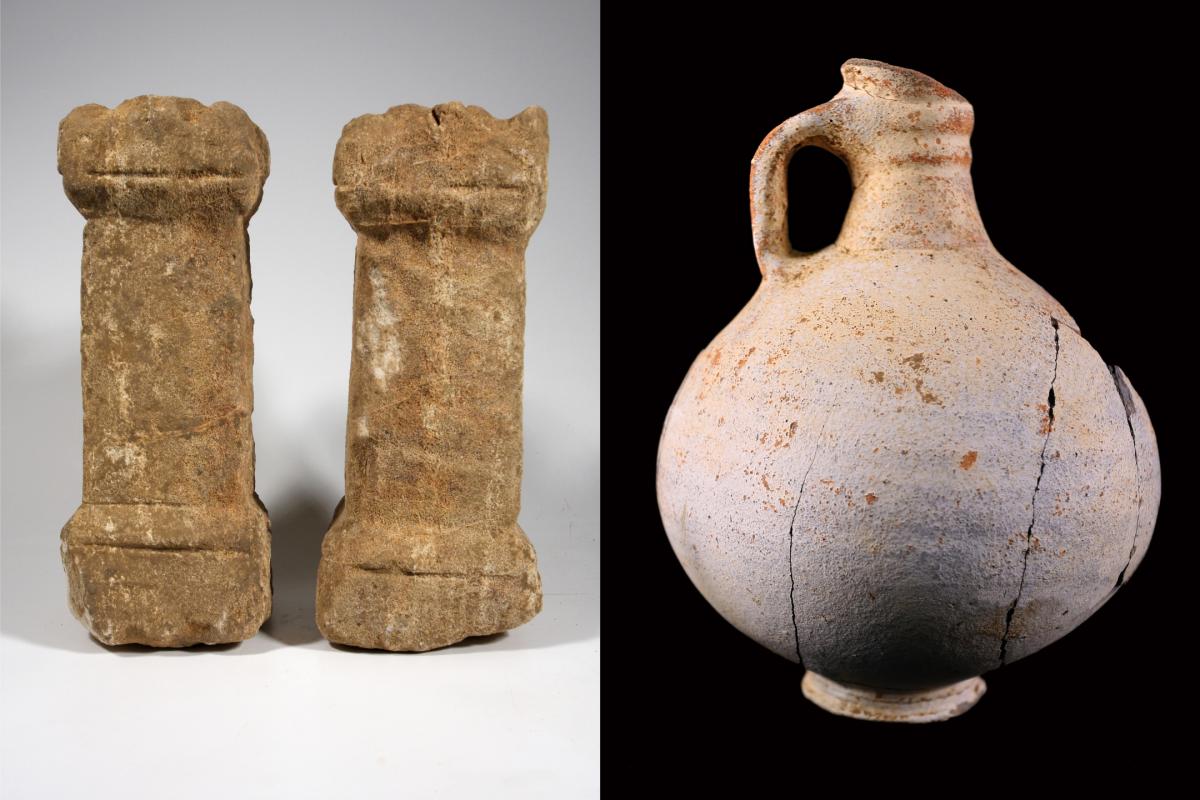
A roadside shrine?
The most notable finds from the excavation were two small stone altars. These were found together, a few metres to the north of the main Roman road, and close to an unusual dog burial and a stone-lined well. The altars may indicate the position of a roadside shrine, which suggests that there was a religious aspect to the site, though it is unclear how significant this was in terms of the settlement’s function.

